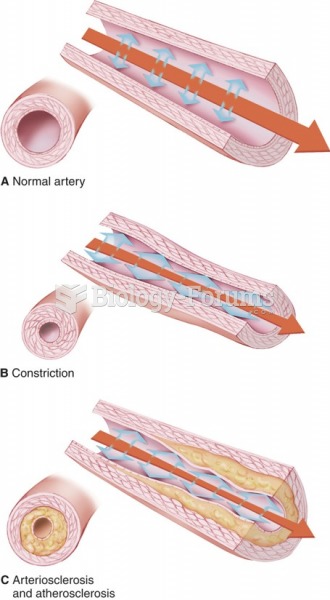|
|
|
Fatal fungal infections may be able to resist newer antifungal drugs. Globally, fungal infections are often fatal due to the lack of access to multiple antifungals, which may be required to be utilized in combination. Single antifungals may not be enough to stop a fungal infection from causing the death of a patient.
Astigmatism is the most common vision problem. It may accompany nearsightedness or farsightedness. It is usually caused by an irregularly shaped cornea, but sometimes it is the result of an irregularly shaped lens. Either type can be corrected by eyeglasses, contact lenses, or refractive surgery.
A seasonal flu vaccine is the best way to reduce the chances you will get seasonal influenza and spread it to others.
The heart is located in the center of the chest, with part of it tipped slightly so that it taps against the left side of the chest.
Thyroid conditions may make getting pregnant impossible.







